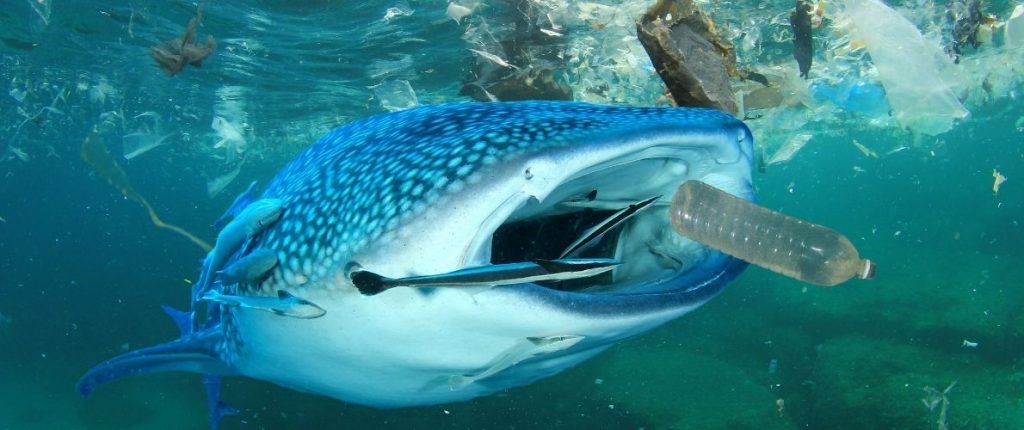
You can find it in practically any corner of your home and, now, also in the sea. That is why it is time to face the plastic industry and, so that you know how they reach your home, we will tell you how it hides in some things that you may not know had plastic:
Your soft drinks and preserves
The fact that food or drink containers are made of cans does not mean that they are free of plastic; These containers may have traces of BPA, a chemical used in the production of plastic that many companies have stopped using due to the risk it can have on people’s health.
Your purchase tickets and receipts
Each time pay at a store or the ATM gives proof, you receive a covered slip with bisphenol A (BPA), a chemical used to toughen plastics and whose controversial use can be toxic to humans.
Your fresh breath
If you think about it, the texture of the chewing gums gives them away: they have plastic. There are some that are natural, but most brands use a chewing gum base made from polyethylene, a plastic used to make cables, pipes, and inner tubes. And yes, every time you chew it, microplastics come off, which would not happen with a classic, and discreet, caramel.
Your tampons and sanitary pads
S hile many of tampons and sanitary napkins using natural materials, are not the only ones used in their production. Most brands combine them with rayon, polyester, polyethylene and others, which break or wear out causing the release of microplastics, which eventually contaminate the water. If you want to know more about these products and their impact, you can read here .
The rind of your cheese
L os or semi – cured cheeses like edam, parmesan or manchego- are characterized by a hard crust, resulting from its aging. But not all are natural . Some, particularly those for industrial cheeses, have antifungal paint that, although they are for food use, are not recommended. You can identify them because they have a faint cheesy odor and are artificial colors like shiny red or black.
Your cup of tea
The bad: the bags for your teas and infusions are made of various materials, including nylon and polypropylene, which during use release microplastics that alter the taste of your drink and go to your stomach, and then reach the ocean.
L to good: The loose tea leaves have better flavor and freshness, plus there infusers with a great design that will make drinking tea is a ritual.
Your face all pretty
In the name of vanity have committed horrors and one of them are the microparticles, micro -plastics which are used for the production of exfoliants, foam shaving creams, gels, cleansing facial, cosmetics and soaps that when cleaned or rinsed find their way to the oceans.
Your clothes
If it is not made of natural fibers, your clothes have plastic. Fabrics such as microfiber, nylon and polyester or acrylic, among others, are made of this material, which is not bad. The problem comes when you wash the clothes, the fabric wears out and microplastics and fibers are released that reach the sea.
Your smile
Generally a perfect smile will never go out of style, and hygiene should not. What we should abandon are toothpastes that use microbeads to polish your teeth, as they are made of plastic that invariably end up in the sea.
Your bed
Solo there anything sadder than go to bed alone: go to bed accompanied by polymers. As with clothing, bedding made from man-made fibers such as microfiber, polyester, rayon release microplastics when washed or from friction on your body when sleeping. To sleep peacefully, and more freshly, it is better to use sheets and covers made of natural materials such as cotton, bamboo fiber or wool.